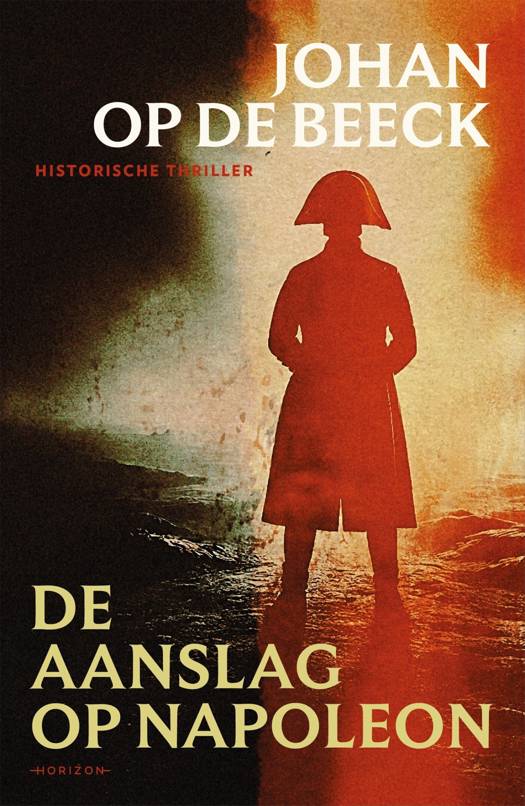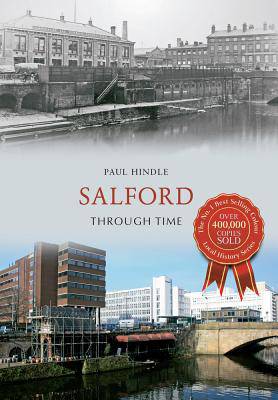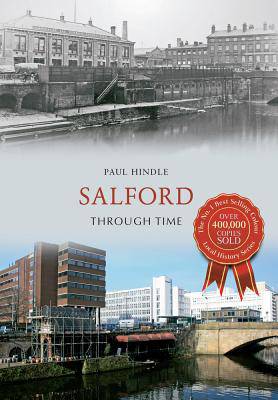
- Afhalen na 1 uur in een winkel met voorraad
- Gratis thuislevering in België vanaf € 30
- Ruim aanbod met 7 miljoen producten
- Afhalen na 1 uur in een winkel met voorraad
- Gratis thuislevering in België vanaf € 30
- Ruim aanbod met 7 miljoen producten
Zoeken
Omschrijving
Salford is often seen as the smaller twin of Manchester, its neighbour across the River Irwell. In fact, Salford was a borough long before Manchester achieved that status, but even in the 1530s John Leland described it as 'a large suburb to Manchester'. However, during the Industrial Revolution, Manchester grew more rapidly than Salford, although together they were the first 'shock city' of the industrial age, described in graphic detail by writers such as de Tocqueville and Engels. While Manchester city centre became the area's commercial heart, Salford was relegated to the periphery. It certainly had its grim areas, described by Ewan McColl: 'I met my love by the gas works wall, dreamed a dream by the old canal/I kissed my girl by the factory wall, dirty old town, dirty old town.' However, today's Salford is an up and- coming area, home to Media City. This book presents a photographic tour through central Salford, ending up on the 'old canal'.
Specificaties
Betrokkenen
- Auteur(s):
- Uitgeverij:
Inhoud
- Aantal bladzijden:
- 96
- Taal:
- Engels
- Reeks:
Eigenschappen
- Productcode (EAN):
- 9781445636115
- Verschijningsdatum:
- 15/05/2014
- Uitvoering:
- Paperback
- Formaat:
- Trade paperback (VS)
- Afmetingen:
- 165 mm x 234 mm
- Gewicht:
- 305 g

Alleen bij Standaard Boekhandel
+ 44 punten op je klantenkaart van Standaard Boekhandel
Beoordelingen
We publiceren alleen reviews die voldoen aan de voorwaarden voor reviews. Bekijk onze voorwaarden voor reviews.











